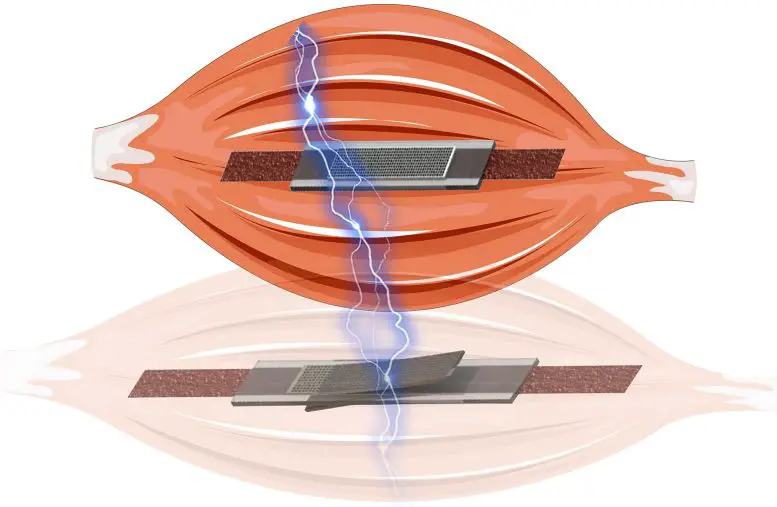Scientists are at work on neural engineering for rehabilitation and brain science primarily using noninvasive brain computer interfaces (BCIs) that include electroencephalography (EEG) pattern recognition of mental tasks and self-regulating EEG responses by test subjects. To date, most systems have used visual and auditory technology to interact with external devices.
Opening New Communication Channels for Patients
Tetraplegic or quadriplegic patients who experience paralysis due to illness or injury experience partial or full loss of the use of limbs and torso. According to E.W. Sellers and colleagues at the Schwartz Center for Computational Neuroscience, “a brain-computer interface for long-term independent home use” is one of the goals of this research.
Patients with Lou Gehrig’s Disease or ALS, for example, use sensorimotor-rhythm-based brain computer interfaces to communicate with doctors, family and friends. The ultimate goal of BCI’s is to allow people to control computer software through thoughts. Current EEG computer interfaces allow patients to choose reliably among four options every second.
The paper “Of Brain Interface to Control a Tele-Operated Robot,” presented at the 2013 Fifth International Brain Computer Interface Meeting, shows another avenue that patients will have going forward as they are given the ability to control remote robots using thoughts.
Researchers at Tufts University are researching and developing cell-phone based BCIs for communication.
Following is a video from “Through the Wormhole” narrated by Morgan Freeman:
Related articles on IndustryTap:
- Head Health Challenge Tackling Football Brain Injuries
- Neurotechnology: Understanding The Brain Using Engineering Design Principles
- Man Able To Move His Paralyzed Hand Again Thanks To Brain Chip!
References and related content:






